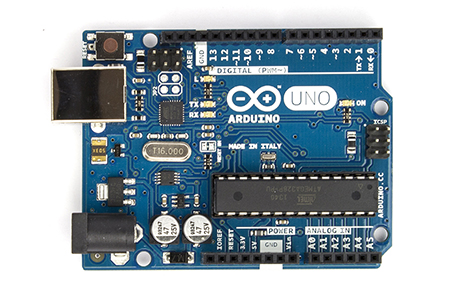Description
Writes an analog value (PWM wave) to a pin. Can be used to light a LED at varying brightnesses or drive a motor at various speeds. After a call to analogWrite(), the pin will generate a steady square wave of the specified duty cycle until the next call to analogWrite() (or a call to digitalRead() or digitalWrite() on the same pin). The frequency of the PWM signal on most pins is approximately 490 Hz. On the Uno and similar boards, pins 5 and 6 have a frequency of approximately 980 Hz.

Syntax
analogWrite(pin, value)
Parameters
pin: the number of the pin to write to. Allowed data types: int.
value: the duty cycle between 0 (always off) and 255 (always on). Allowed data types: int.
Returns
Nothing